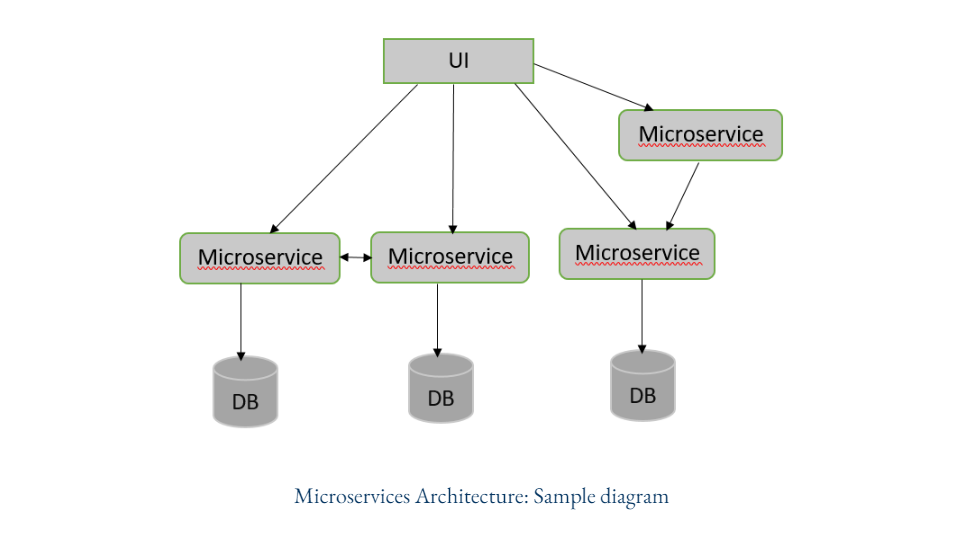Hey all, this is a blog about cloud computing.
Cloud computing is the on-demand availability of computer system resources, especially data storage and computing power, without direct active management by the user.
Types of Cloud Computing
Public cloud
The public cloud refers to the cloud computing model in which IT services are delivered via the internet. As the most popular model of cloud computing services, the public cloud offers vast choices in terms of solutions and computing resources to address the growing needs of organizations of all sizes and verticals.
Services on the public cloud may be free, freemium, or subscription-based, wherein you’re charged based on the computing resources you consume.
The cloud vendor is responsible for developing, managing, and maintaining the pool of computing resources shared between multiple tenants across the network.
Private cloud
The private cloud refers to any cloud solution dedicated for use by a single organization. You’re not sharing cloud computing resources with any other organization in the private cloud.
The data center resources may be located on-premise or operated by a third-party vendor off-site. The computing resources are isolated, delivered via a secure private network, and not shared with other customers.
The private cloud is customizable to meet the organization's unique business and security needs. With greater visibility and control into the infrastructure, organizations can operate compliance-sensitive IT workloads without compromising on the security and performance previously only achieved with dedicated on-premise data centers.
Hybrid cloud
The hybrid cloud is any cloud infrastructure environment that combines both public and private cloud solutions.
The resources are typically orchestrated as an integrated infrastructure environment. Apps and data workloads can share the resources between public and private cloud deployment based on corporate business and technical policies.
Types of Cloud Computing Services
Cloud computing can be separated into three general service delivery categories or forms of cloud computing:
IaaS (Infrastructure as Service)
This is the most common cloud computing service model as it offers the fundamental infrastructure of virtual servers, networks, operating systems, and data storage drives. This is ideal for small and medium-sized organizations looking for a cost-effective IT solution to support business growth. IaaS is a fully outsourced pay-for-use service available as a public, private or hybrid infrastructure.
PaaS (Platform-as-a-Service)
This is where cloud computing providers deploy infrastructure and software frameworks, but businesses can develop and run their applications. Web applications can be created quickly and easily via PaaS, and the service is flexible and robust. PaaS solutions are scalable and ideal for business environments where multiple developers are working on a single project. It is handy when an existing data source needs to be leveraged.
SaaS (Software as a Service)
This cloud computing solution involves deploying software over the internet to various businesses that pay via subscription or a pay-per-use model. As a result, it is a valuable tool for CRM and applications that need a lot of web or mobile access – such as mobile sales management software. In addition, SaaS is managed from a central location, so businesses don’t have to worry about maintaining it themselves, and it is ideal for short-term projects.
Advantages of Cloud Computing
Cloud computing can offer your business several advantages. First, it allows you to set up a virtual office with access to your tools and services anywhere and anytime, through a web-enabled device.
It can also help you:
*reduce hardware and software costs
*support more flexible working practices
*scale your IT systems
*reduce the need for in-house IT support
*access reliable and secure backup for your business data
Disadvantages of Cloud Computing
Cloud Security and Data
Most cloud service providers implement relevant security standards and industry certifications to ensure their cloud environment remains safe. However, storing data and business-critical files in virtual data centers can expose you to risks.
Common risks are:
*data loss or theft
*data leakage
*account or service hijacking
insecure interfaces and APIs
denial of service attacks
technology vulnerabilities, especially in shared environments
Cloud providers can vary the data protection and security levels achieved and maintained. Therefore, choose your provider carefully and make sure that the provider is stable, reliable, reputable, and offers reasonable terms and conditions of service.
Cloud Computing Examples
-
Software-as-a-Service (Saas): Salesforce.
-
Infrastructure-as-a-Service (Saas): DigitalOcean.
-
Platform-as-a-Service (Saas): AWS.
-
File Sharing + Data Storage: Dropbox.
-
Big Data Analysis: Civis Analytics.
-
Data Governance: Carbonite.
-
Cybersecurity: Forcepoint.
-
Communication: Skype, WhatsApp
-
Business Process: ERP, CRM
Cloud Computing allows us to link anything virtually anymore. It opens up an entirely novel universe of opportunities in terms of careers, services, businesses, and marketplaces for the future of cloud computing. Companies need to leverage this technology and grow with it. The technology is both powerful and inspiring. In the long run, it is a cost-effective way of executing services for many businesses, both big and small. Since cloud computing enjoys a more significant scope, mainly in reachability, it is bound to have a great future. Both customers and the host service providers will reap benefits.
Thank you, Have a Productive day!




